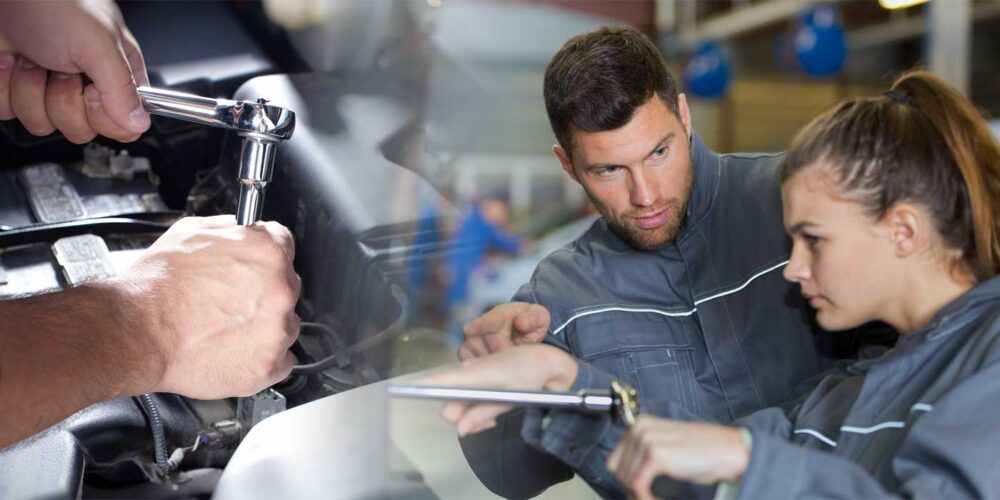Creating loyal customers should be one of the primary goals of every automotive retailer. Retaining customers is far cheaper than acquiring new ones. In addition, a loyal customer can become a strong advocate for your business, helping you attract new customers at very little cost.
However, many automotive retailers have no way to differentiate between good and bad customers and end up treating everyone the same. This lack of intelligence can be costly to retailers, resulting in alienated customers and missed revenue.
We studied data from more than 1.5 million customers over the course of a year, taken from a sample of 278 import automotive dealers across various brands. We limited our analysis to active customers, who had at least one repair order (RO) in the last 12 months. We found a distinct difference in the behavior of customers, based on how often they had their cars serviced and what their average customer pay per visit was.
We divided customers into four different segments, as follows:
Low frequency/Low $ per visit: At the low end of the loyalty spectrum, the customers in this segment comprised 30% of all VINs serviced, but only accounted for 8% of all customer pay dollars for the year.
High frequency/Low $ per visit: Customers in this segment comprised the majority of VINs serviced at 38%, but their visits contributed just 24% of customer pay revenue.
Low frequency/High $ per visit: The customers in this segment account for just 12% of VINs serviced and 17% of customer pay dollars.
High frequency/High $ per visit: We found this to be the most valuable segment, accounting for 19% of all VINs serviced and more than 50% of customer pay revenue.
We also found a significant correlation between which segment a customer was in and their service retention rate. Customers in the High Frequency/High $ segment were 50% more likely to return for service in the next year than customers in the Low Frequency/Low $ segment.
12-Month Service Retention Rates
- High Frequency/High $ per visit: 72%
- High Frequency/Low $ per visit: 68%
- Low Frequency/ High $ per visit: 50%
- Low Frequency/ Low $ per visit: 46%
Treating all customers the same is problematic since each segment poses a different challenge and represents a different level of opportunity. To increase service revenue, dealers need to understand and manage customers based on their specific behavior and spending patterns.
For example, one area of opportunity is to focus on moving customers from the High Frequency/Low $ per visit segment to the High Frequency/High $ per visit segment. This could be accomplished with specific campaigns and messaging designed to build customer confidence and trust in your dealership’s service capabilities, as well as pricing competitiveness on higher-ticket repairs.
Another area of opportunity is the Low Frequency/High $ per visit segment. Communications to this segment of customers should focus on education about your entire range of service offerings, and encourage them to visit more often with price-competitive offers for oil changes, tires and other maintenance items. Adding incentives such as free loaner cars might also help appeal to this group.
By employing a loyalty segmentation approach to their marketing strategies, dealers have the opportunity to not only grow their business, but also better customize the experience for each customer.














